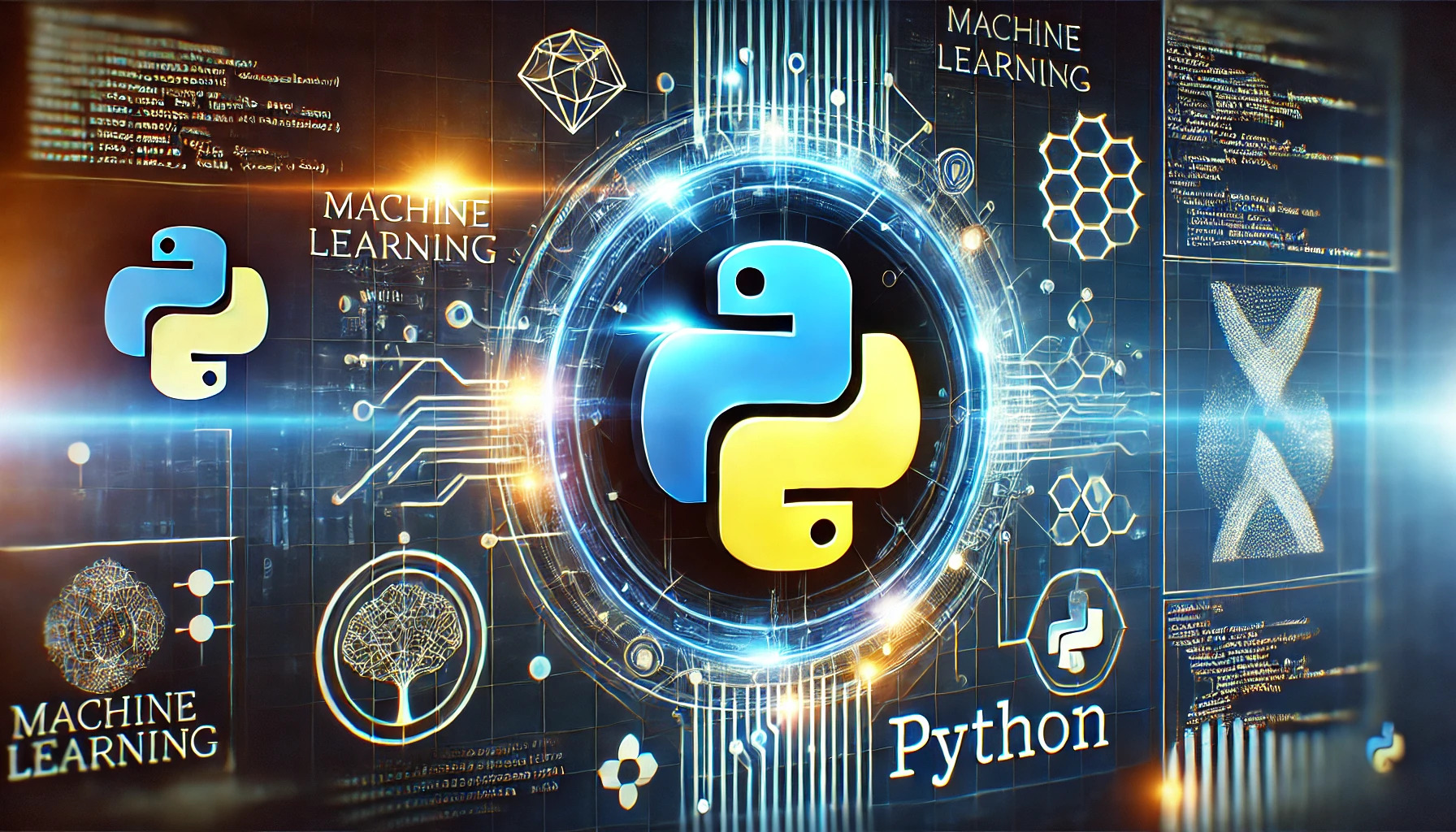Understanding the Basics of Machine Learning with Python
 MillionFormula
MillionFormula
Understanding the Basics of Machine Learning with Python
Machine Learning (ML) is one of the most transformative technologies of the 21st century. From powering recommendation systems on Netflix to enabling self-driving cars, ML is reshaping industries and creating new opportunities. If you're a programmer or someone looking to dive into the world of data science, understanding the basics of machine learning with Python is a great starting point. Python, with its simplicity and extensive libraries, has become the go-to language for ML enthusiasts and professionals alike.
In this article, we’ll explore the fundamentals of machine learning, how Python fits into the picture, and how you can start building your own ML models. Plus, if you're looking to monetize your programming or machine learning skills, platforms like MillionFormula offer a free and accessible way to make money online without the need for credit or debit cards.
What is Machine Learning?
Machine Learning is a subset of artificial intelligence (AI) that focuses on building systems that can learn from data and improve their performance over time without being explicitly programmed. Instead of writing rigid rules, ML algorithms identify patterns in data and make predictions or decisions based on those patterns.
There are three main types of machine learning:
Supervised Learning: The algorithm learns from labeled data, where the input and output are known. Examples include predicting house prices or classifying emails as spam or not spam.
Unsupervised Learning: The algorithm works with unlabeled data and tries to find hidden patterns or groupings. Clustering customers based on purchasing behavior is a common example.
Reinforcement Learning: The algorithm learns by interacting with an environment and receiving rewards or penalties. This is often used in robotics and game-playing AI.
Why Python for Machine Learning?
Python has become the preferred language for machine learning due to its simplicity, readability, and vast ecosystem of libraries. Here are some reasons why Python stands out:
Ease of Use: Python’s syntax is beginner-friendly, making it accessible to newcomers.
Rich Libraries: Libraries like NumPy, Pandas, Matplotlib, and Scikit-learn provide powerful tools for data manipulation, visualization, and model building.
Community Support: Python has a large and active community, ensuring that help is always available.
Integration: Python integrates well with other technologies, making it versatile for various applications.
Getting Started with Machine Learning in Python
To get started with machine learning in Python, you’ll need to install a few libraries. You can do this using pip, Python’s package manager: bash Copy
pip install numpy pandas matplotlib scikit-learn
Step 1: Import Libraries
Start by importing the necessary libraries: python Copy
import numpy as np
import pandas as pd
import matplotlib.pyplot as plt
from sklearn.model_selection import train_test_split
from sklearn.linear_model import LinearRegression
Step 2: Load and Explore Data
Machine learning relies heavily on data. Let’s load a dataset using Pandas: python Copy
# Load dataset
data = pd.read_csv('data.csv')
# Display the first few rows
print(data.head())
Step 3: Preprocess the Data
Data preprocessing is a crucial step. This involves handling missing values, encoding categorical variables, and scaling features: python Copy
# Handle missing values
data.fillna(data.mean(), inplace=True)
# Encode categorical variables
data = pd.get_dummies(data, drop_first=True)
# Split data into features (X) and target (y)
X = data.drop('target', axis=1)
y = data['target']
Step 4: Split Data into Training and Testing Sets
To evaluate your model’s performance, split the data into training and testing sets: python Copy
X_train, X_test, y_train, y_test = train_test_split(X, y, test_size=0.2, random_state=42)
Step 5: Build and Train a Model
Let’s use a simple linear regression model for this example: python Copy
# Initialize the model
model = LinearRegression()
# Train the model
model.fit(X_train, y_train)
Step 6: Make Predictions and Evaluate the Model
Once the model is trained, you can make predictions and evaluate its performance: python Copy
# Make predictions
y_pred = model.predict(X_test)
# Evaluate the model
from sklearn.metrics import mean_squared_error
mse = mean_squared_error(y_test, y_pred)
print(f'Mean Squared Error: {mse}')
Real-World Applications of Machine Learning
Machine learning is used in a wide range of applications, including:
Healthcare: Predicting disease outbreaks and diagnosing medical conditions.
Finance: Detecting fraudulent transactions and optimizing investment portfolios.
E-commerce: Personalizing product recommendations for users.
Transportation: Enabling autonomous vehicles and optimizing traffic flow.
Monetizing Your Machine Learning Skills
If you’ve developed machine learning or programming skills, you can leverage them to make money online. Platforms like MillionFormula provide a free and easy way to monetize your expertise. Whether you’re a beginner or an expert, MillionFormula offers opportunities to earn without requiring credit or debit cards. It’s a great way to turn your skills into a source of income.
Conclusion
Machine learning is a powerful tool that’s accessible to anyone willing to learn. With Python’s simplicity and the wealth of resources available, you can start building your own ML models today. From data preprocessing to model evaluation, the process is both challenging and rewarding.
As you continue your journey, remember that the skills you develop can open doors to new opportunities. Whether you’re building models for fun or profit, platforms like MillionFormula can help you turn your passion into a paycheck. So, dive into the world of machine learning, explore its possibilities, and take the first step toward a brighter future.
Happy coding!
Subscribe to my newsletter
Read articles from MillionFormula directly inside your inbox. Subscribe to the newsletter, and don't miss out.
Written by
